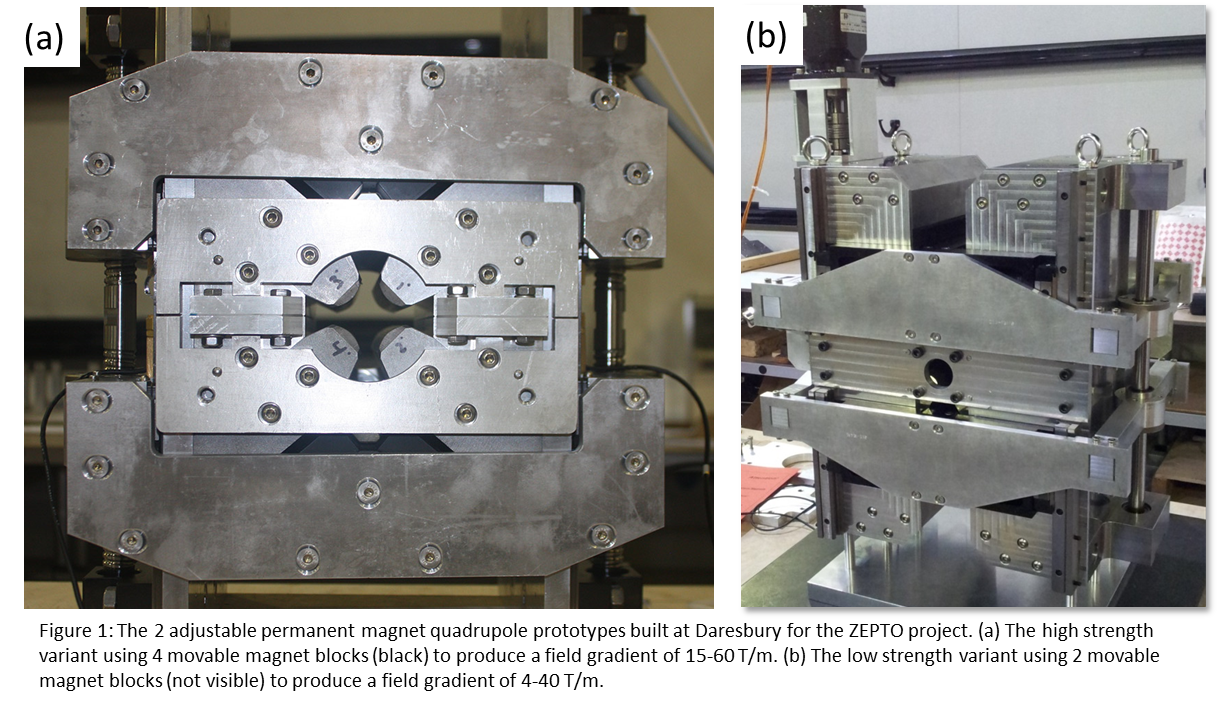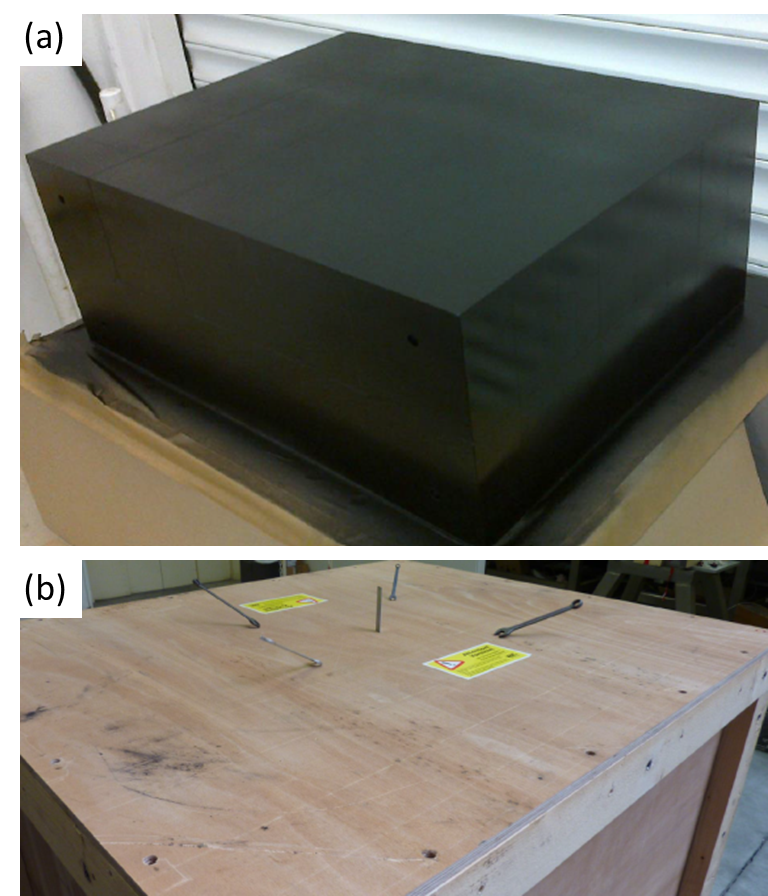One of the fundamental issues in building and operating a modern particle accelerator is electricity consumption. STFC's own ALICE accelerator, one of the most energy efficient in the world, draws 400 kW, enough electricity to power 1000 homes. The UK's largest accelerator (Diamond Light Source) uses 7 MW of power and the LHC requires an enormous 90 MW. This is enough electricity to power a city of 500,000 people and the LHC often shuts down for a short period over each winter when electricity prices are at their peak. A large international collaboration is currently studying the feasibility of designing and constructing what would be the most powerful electron accelerator ever built, the Compact Linear Collider (CLIC) at CERN. This machine would use a novel two-beam acceleration scheme that would smash records for reaching the highest energy in the shortest space, but is estimated to draw an enormous 482 MW when running at maximum power.
The financial and environmental costs associated with the power draw of CLIC mean that it is not currently viable to construct, it would require its own dedicated power station! A large portion of the energy requirements are in the electromagnets used to bend and focus the beam, which are normally water cooled copper coils carrying a high current. Power is lost both to resistance in the wire and the need to run a water cooling system with chillers and pumps. For CLIC, the estimated power draw of the magnets and associated water cooling systems alone is 124 MW.
To address this STFC and CERN have created a project to develop steering and focusing magnets that draw no power. The project is named ZEPTO (for Zero-Power Tuneable Optics), and achieves power savings by using large and strong permanent magnets which move to adjust the field strength. This has been attempted in the past, though never on the scale involved here (in terms of size, strength and sheer number of magnets), and only ever in storage rings (e.g. Sirius Synchrotron Light Source, Brazil and the Fermilab Recycler Ring, USA) which do not require the magnets to have a large tuning range.
Starting in 2009 a detailed design study was performed by STFC scientists and engineers at Daresbury Laboratory in collaboration with CERN to create two designs; one for a high strength quadrupole focusing magnet with a 15-60 T/m tuning range and one for a low strength quadrupole focusing magnet with a 4-40 T/m tuning range. Prototypes of these magnets were constructed in 2012 and 2013 (figure 1).

Measurement of the magnets at Daresbury and CERN showed fantastic performance, meeting all the challenging requirements posed by the design of CLIC. The high strength design would replace the main quadrupoles in the drive beam saving 17MW just from losses in current flow through copper, with even more saved in the water chillers and pumps, whilst the low strength design could save a further 20 MW across the whole machine. Achieving this comes with significant engineering challenges; the magnets are so strong that to move the blocks the motor must overcome a force of 17 kN on each set of poles, equivalent to lifting a family car and holding it in place with micron accuracy!
With the success of the quadrupoles the collaboration was extended to cover the development of a dipole bending magnet. We settled on a design where a single large block of strong magnetic material (NdFeB, a crystalline alloy of neodymium, iron, and boron which is powdered and then sintered) slides horizontally between two steel poles to adjust the field strength (figure 2). This allows us to avoid changing the field by pulling the poles directly apart.

Over 2015 and 2016 we refined the design, performing detailed 3D finite element modelling of the magnetic fields, and have now begun assembling a prototype for testing. The prototype is somewhat scaled down from the magnets that would be needed for CLIC but features a field adjustable from 0.45 to 1.1 T over a pole gap of 40 mm and a length of 400 mm. This still requires our NdFeB block to be 500x400x200 mm, possibly the largest single block ever constructed.
In 2016 we completed the mechanical design and purchased the magnetic material for the dipole prototype (figure 3). Modelling shows that our design should be capable of producing a field that varies from 1.1 to 0.45 Tesla by moving the block 400 mm away from the beam pipe. The motor assembly must overcome a highly varying force of up to 27 kN to move the block and must hold it in place. If we instead changed the field by pulling the poles directly apart, the motor would need to overcome a force of 165 kN, or the weight of three elephants, on each pole!

Construction of the prototype is underway and is expected to be finished by April 2017. The magnet will then be transferred to the magnet test laboratory at Daresbury, where it will be assessed with a variety of tools including 3D field mapping by a Hall probe and harmonic analysis by a rotating coil bench to determine how close the real field is to the prediction from simulations.
